Table of Contents
- What is Spice Berbere?
- Flavor Profile & What Makes It Special
- Cooking with Berbere: Practical Tips
- How to Make Your Own Homemade Berbere Blend
- Berbere Buying Guide: Choose the Best for You
- Creative Ways to Use Berbere Beyond Ethiopian Cuisine
- Health Benefits of Berbere Spices
- Conclusion: Why Every Kitchen Should Have Berbere
- Frequently Asked Questions About Berbere Spice
What is Spice Berbere?
Berbere (pronounced buhr-bear-ay) is a traditional Ethiopian spice blend that brings warmth, depth, and heat to dishes. More than just chili powder, this vibrant mix includes spices like paprika, ginger, garlic, coriander, fenugreek, and even allspice or cloves in some variations. This spice blend is foundational to Ethiopian cuisine, used in dishes like Doro Wat (chicken stew) and Misir Wat (spicy lentil stew), and has been a staple in Ethiopian cooking for centuries.
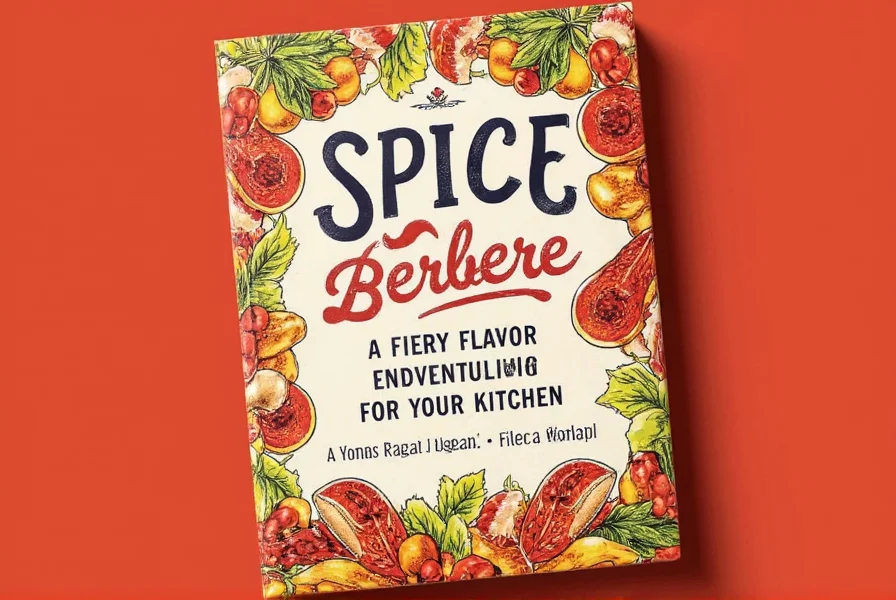
In Ethiopia, berbere is often used to season mitmita, stews (wat), meats, and vegetables. The blend can vary from region to region — and even family to family — making it as personal as a signature scent. But no matter the version, berbere delivers a unique kick that goes beyond mere spiciness. According to Ethiopian culinary experts, the balance of heat, earthiness, and warmth is what makes berbere truly special.
Flavor Profile & What Makes It Special
Berbere is complex. Unlike generic chili blends, it's rich in both heat and aroma. Here's what you'll typically taste:
- Heat: Thanks to ground red chilies.
- Smokiness: Often introduced through paprika or dried chili peppers.
- Earthiness: From cumin and coriander.
- Warmth: Provided by cinnamon, cloves, and allspice.
- Umami: Enhanced with ingredients like dried garlic or onion powder.
| Spice | Taste Contribution | Common Use |
|---|---|---|
| Red Chili Powder | Heat & color | Main base |
| Paprika | Smoky flavor | Color & depth |
| Coriander Seeds | Earthy & citrusy notes | Dry roasting |
| Cumin | Nutty & warm | Stews & rubs |
| Fenugreek | Bitter-sweet, maple-like | Balance & richness |
| Allspice / Cloves | Warming, almost fruity | Meat dishes |
| Ginger | Sharp, zesty bite | Veggie dishes |
| Salt & Garlic Powder | Umami & savory boost | Seasoning |
Cooking with Berbere: Practical Tips
If you're new to using berbere, here are a few practical tips to help you make the most out of this versatile spice blend:
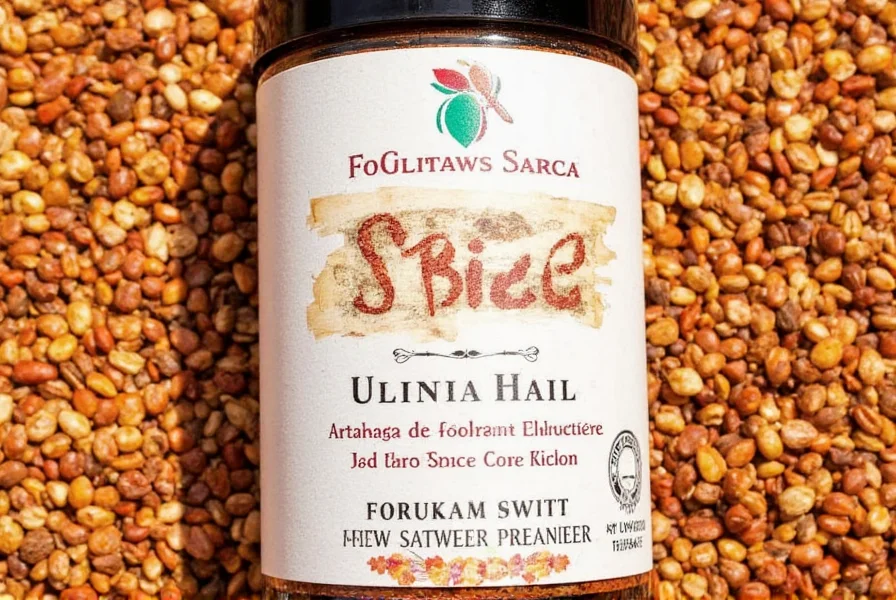
- Toasted First: Heat oil in a pan and lightly toast berbere before adding liquids. This unlocks its full flavor profile.
- A Little Goes a Long Way: Start with small amounts, especially if you're not used to spicy food.
- Add Early in Cooking: For stews or braises, add berbere early so the flavors meld beautifully with other ingredients.
- Use in Marinades: Mix with olive oil or yogurt for a bold marinade on chicken, lamb, or tofu.
- Balance with Fat: Coconut milk, cream, or butter helps mellow out the heat while enhancing the spices' complexity.
How to Make Your Own Homemade Berbere Blend
Making your own berbere at home is easier than you think. Plus, you get to customize the heat and flavor to suit your palate. Here's a basic recipe to start with:
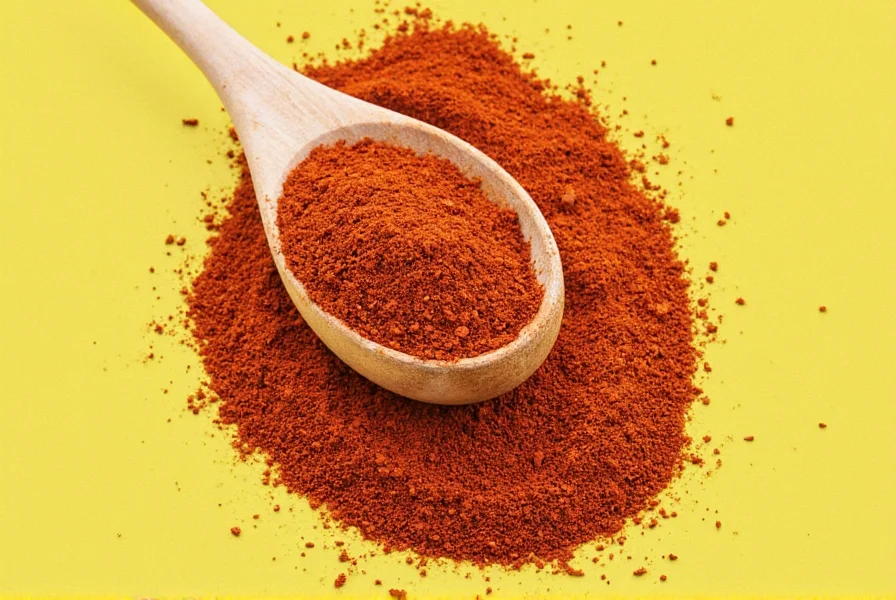
Ingredients:
- 2 tbsp red chili powder
- 1 tbsp smoked paprika
- 1 tsp ground coriander
- 1 tsp ground cumin
- ½ tsp ground fenugreek
- ¼ tsp ground ginger
- ¼ tsp ground cinnamon
- ¼ tsp ground cloves or allspice
- ½ tsp salt
- ½ tsp garlic powder
Instructions:
- Toast whole seeds (coriander, cumin, fenugreek) in a dry pan until fragrant.
- Let cool, then grind into fine powder.
- Mix all spices together in a bowl.
- Store in an airtight jar away from light and moisture.
Berbere Buying Guide: Choose the Best for You
If you don't have time to make your own, choosing a quality pre-made berbere blend is key. Here are some top picks based on different needs:

| Product Name | Key Features | Best For | Occasion |
|---|---|---|---|
| Spice Garden Berbere | Organic, mild-medium heat, certified fair trade | Beginners or families | Weeknight meals, kids-friendly dishes |
| The Spice Tribe Premium Berbere | Handcrafted, intense heat, traditional blend | Experienced cooks | Authentic Ethiopian dishes |
| Mother In Law's Berbere | Keto-friendly, gluten-free, smoky profile | Health-conscious foodies | Low-carb recipes, grain-free meals |
| International Flavors Berbere Mix | Mild with extra turmeric, great color | Curry lovers | Spiced rice, soups |
| Local Ethiopian Market Blend | Locally sourced, artisanal, varying heat levels | Adventurous chefs | Experiments, fusion cooking |
Creative Ways to Use Berbere Beyond Ethiopian Cuisine
Berbere isn't just for doro wat! Try these exciting ways to bring it into everyday cooking:
- Grilled Veggie Skewers: Toss mushrooms, bell peppers, onions, and eggplant in berbere and olive oil before grilling.
- Spiced Popcorn: Sprinkle over popcorn for a spicy twist that's anything but boring.
- Marinade for Chicken Wings: Mix with honey, soy sauce, and vinegar for a sweet-spicy glaze.
- Eggs with Berbere: Add a pinch to scrambled eggs or shakshuka for a fiery breakfast boost.
- Homemade Crackers: Fold into dough before baking for uniquely flavored snacks.
- Chili Con Carne Kick: Swap regular chili powder for berbere in your next batch of chili.
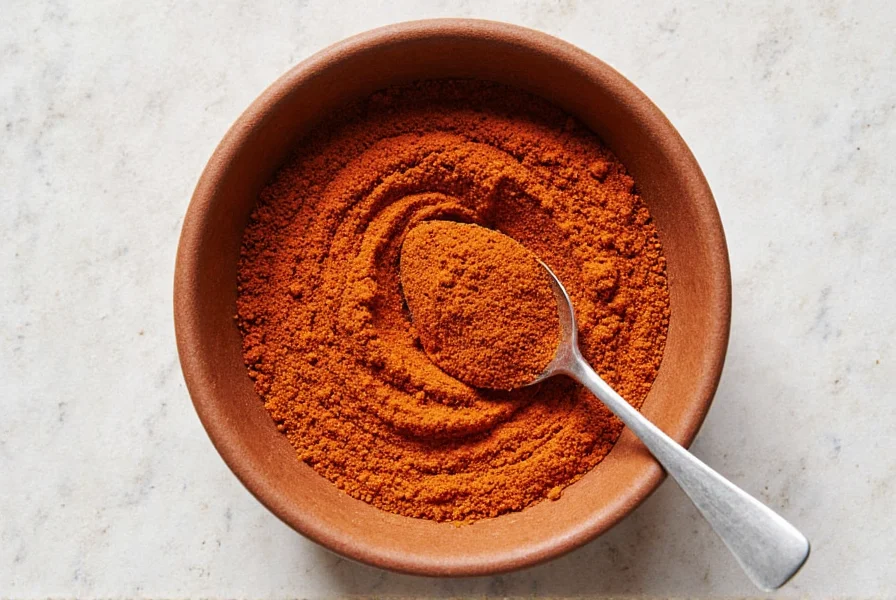
Health Benefits of Berbere Spices
Not only does berbere add incredible flavor, but many of its components offer health benefits too. Let's break down how each ingredient contributes:
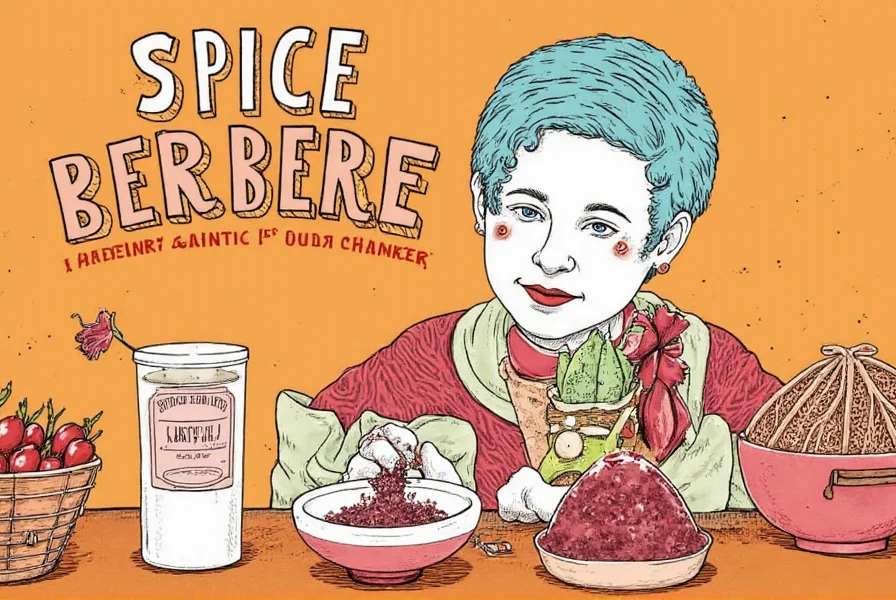
| Spice | Health Benefit |
|---|---|
| Red Chilies | Boost metabolism, contain capsaicin which may reduce inflammation |
| Paprika | Rich in antioxidants like beta-carotene, supports eye health |
| Coriander | May lower blood sugar levels and support digestion |
| Cumin | Helps with iron absorption, good for energy and immunity |
| Fenugreek | Supports lactation, regulates blood sugar levels |
| Ginger | Anti-inflammatory, aids digestion, soothes nausea |
| Cinnamon | May improve insulin sensitivity, has antimicrobial properties |
Conclusion: Why Every Kitchen Should Have Berbere
Berbere isn't just a spice; it's a passport to bold flavors and cultural richness. Whether you're simmering a hearty stew or jazzing up your morning eggs, berbere has the power to transform ordinary meals into something extraordinary.
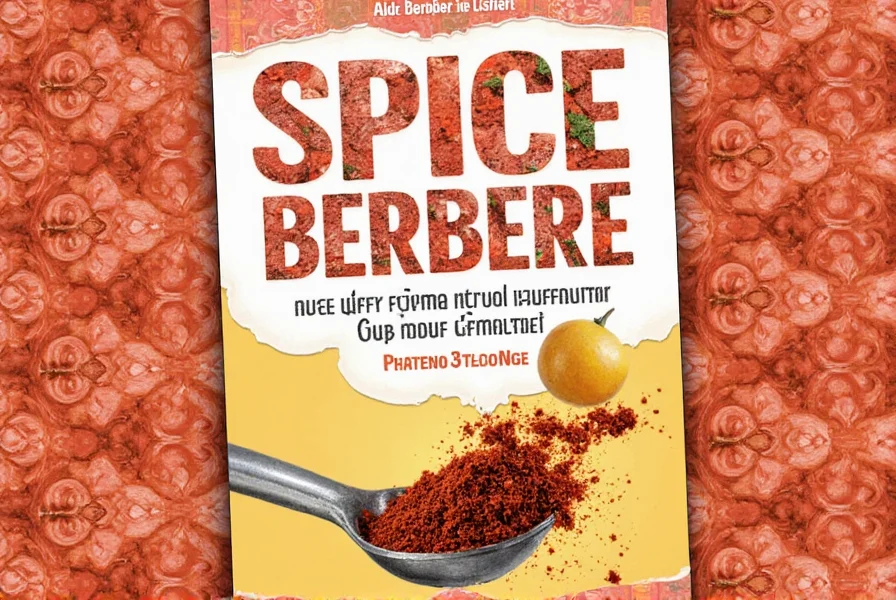
So go ahead, grab a jar or whip up your own batch. Let this fiery, aromatic blend become a staple in your kitchen. Once you've tasted life with berbere, you'll wonder how you ever cooked without it!
Frequently Asked Questions About Berbere Spice
What is Berbere spice?
Berbere is a traditional Ethiopian spice blend that typically includes chili peppers, paprika, ginger, garlic, coriander, cumin, fenugreek, and warming spices like cinnamon and cloves. It's more than just a hot spice blend - it's complex, aromatic, and foundational to Ethiopian cuisine.
How spicy is Berbere?
The heat level of Berbere can vary significantly depending on the recipe or brand. Traditional Berbere is moderately to very spicy due to the red chili content, but many commercial blends offer mild versions. The heat is balanced by other warm spices, so it's not just about burning heat but complex warmth.
What can I use instead of Berbere if I can't find it?
While no substitute perfectly replicates Berbere's complexity, you can try: 1) A mix of 2 parts smoked paprika, 1 part cayenne pepper, and 1 part garam masala; 2) Harissa paste (though wetter in consistency); 3) A blend of chili powder, cumin, coriander, and a pinch of cinnamon/clove. For best results, make your own using our recipe above.
How should I store Berbere to keep it fresh?
Store Berbere in an airtight container away from heat, light, and moisture. A dark pantry or cupboard is ideal. Properly stored, homemade Berbere keeps for 3-6 months, while commercial blends typically last 6-12 months. For maximum freshness, buy in small quantities or make your own in small batches.
Is Berbere the same as Ras el Hanout?
No, though both are complex spice blends from Africa. Berbere is Ethiopian with a focus on heat from chilies and includes ingredients like fenugreek. Ras el Hanout is Moroccan and typically less spicy, with more emphasis on floral notes and ingredients like rose petals. Both are complex, but they come from different culinary traditions.
Can I make Berbere without certain ingredients?
Yes! Berbere recipes vary by family and region in Ethiopia. If you don't have fenugreek, you can omit it or use a pinch of maple syrup for that sweet note. No cloves? Use allspice or cardamom. The key is maintaining the balance of heat, warmth, and earthiness. Start with our basic recipe and adjust to your taste and available ingredients.
What dishes traditionally use Berbere?
Berbere is essential in Ethiopian dishes like Doro Wat (chicken stew), Misir Wat (spicy lentil stew), and Tibs (sautéed meat dishes). It's also used in marinades for meats, in spiced butter (niter kibbeh), and even in some coffee preparations. Beyond Ethiopia, it works wonderfully in stews, soups, roasted vegetables, and spice rubs.
Is Berbere gluten-free?
Traditional Berbere is naturally gluten-free as it contains only spices. However, commercially prepared blends may be processed in facilities that handle gluten-containing products, so check labels if you have celiac disease or severe sensitivity. Making your own at home guarantees a gluten-free product.

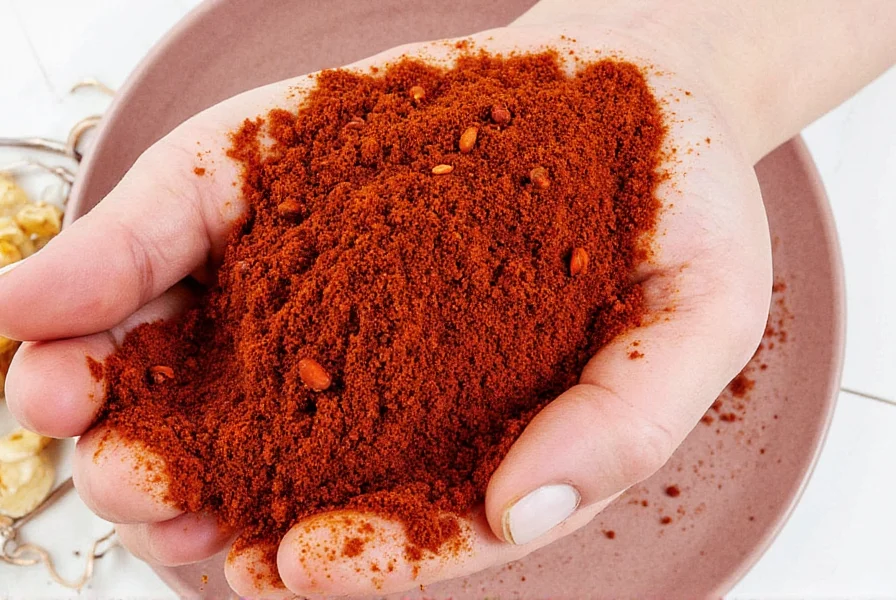









 浙公网安备
33010002000092号
浙公网安备
33010002000092号 浙B2-20120091-4
浙B2-20120091-4